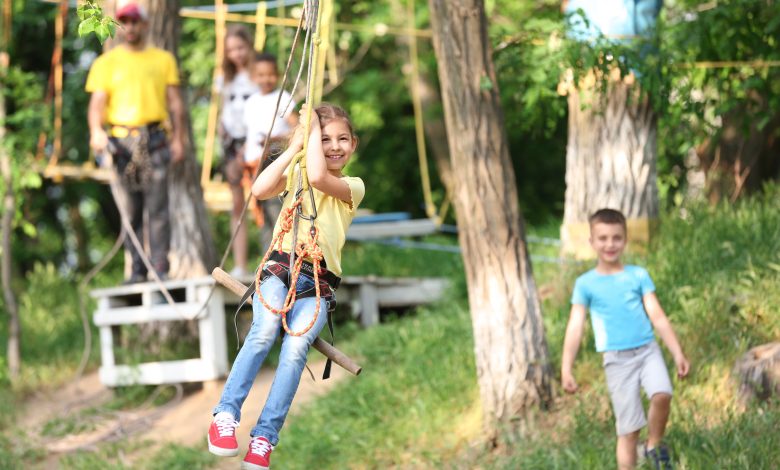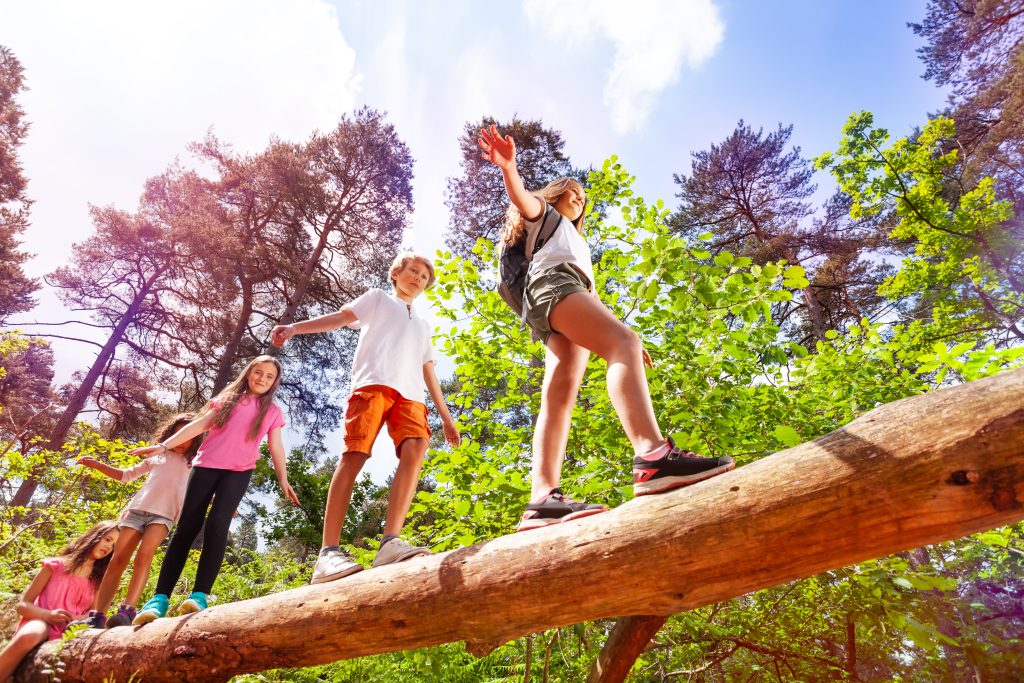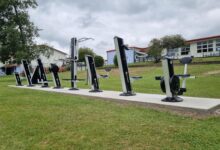The mental health benefits of EOTC
All tamariki love a chance to get out of the classroom – but can EOTC have wellbeing benefits, too?

Many of us will remember the excitement of a school excursion from our own school days. Whether it was a sports trip, a visit to the local museum or park, there was something about getting out of the classroom that always put the spark back into learning for a classroom of kids.
Read the Term 3 edition of School News HERE
Maybe it was the fresh air, or the novel experiences that accompanied field trips: the smell of cut grass, a sharp breeze or the excitement of the unknown that always prompted a fresh enthusiasm for learning. Once back in the classroom, books didn’t seem as dreary, and tasks not as arduous as before. There’s no doubt that field trips are a refresh, a brain break that can help some tamariki with their intrinsic motivation for schoolwork. Anecdotally, many kids and teachers will extoll the benefits of an EOTC excursion for increased focus and improved attitude among learners. But can EOTC have tangible wellbeing benefits?
A few small studies have shown a correlation between EOTC and improved mental health and wellbeing in children. One study, involving 511 Danish students aged 9 to 13, showed that psychological wellbeing was improved in students who were regularly exposed to EOTC as compared to those who had much less frequent contact with EOTC.
Here, EOTC was defined as any out-of-classroom activity, which could also mean learning which incorporated the external environment. This meant art-classes in the field, statistics involving use of school grounds, and so on. The study ran for a year, and compared classes which were frequently exposed to EOTC with classes which were exposed to EOTC less frequently, around two hours a week.
Wellbeing was self-evaluated via questionnaire, so results are to be taken with this caveat, but the benefits of EOTC were shown to be the greatest in pupils of low socio-economic status, and those with hyperactivity-inattention conditions. Results were most pronounced when pupils were exposed in fewer, but longer sessions of EOTC. These results may indicate that an increased frequency of EOTC may create more equitable learning conditions in the classroom. Regular EOTC was found to increase prosocial behaviour for all students.1

Another study, also done in Denmark, showed EOTC was associated with improvements in physical activity for boys, though not for girls. The study measured PA by using accelerometers, which were attached to children for a week. This allowed researchers to compare physical activity between EOTC days and non-EOTC days. The study found that days with EOTC increased physical activity in boys, and on those days, more physical activity was recorded during EOTC time than in class time.2
Another study, conducted more recently in 2021, found that there were no gender differences in increased physical activity associated with EOTC learning. It also posited that EOTC may promote physical activity due to the nature of learning opportunities when outside, or in “greenspace”. The study reads:
“Often, EOtC includes learning activities that demand pupils to move, e.g., measuring and estimating the volume of trees in maths class or incorporating tag-and-relay races in language lessons.”3

In current Western classroom models, children may spend much of the day sitting. Physical activity is treated as an “extra”, meant for cocurricular activity or infrequent P.E sessions. In some schools, increasing physical activity during the day is imperative as children may face barriers to physical activity outside of class. These may include cost barriers to getting involved in cocurricular sport and time-poverty, among others. This means that some of our vulnerable tamariki and rangatahi cannot access the myriad benefits of physical activity, such as improved cognition, academic achievement and overall wellbeing. Therefore, EOTC as a method of promoting physical activity may create a more equitable learning environment in some cases.
These studies indicate that increasing physical activity may be one of the mechanisms by which EOTC improves tamariki and rangatahi wellbeing.
Another possible mechanism of EOTC improving tamariki wellbeing is simply being outside. Exposure to natural environments has been associated with lowered stress and can help with symptoms of depression and anxiety. Those with attention-deficit disorders can also improve their symptoms by spending time outdoors. Although what counts as a “restorative” environment is contested, most research agrees that being in nature has some wellbeing benefits.4
In conclusion, it seems that the excitement that comes from that special excursion feeling at school is backed up by real benefits to mental and physical health. No matter what the occasion, whether it’s a short trip to the school field, a longer sports excursion to the local park or beach, or even an overnight camp or flight, tamariki and rangatahi stand to reap long-term benefits from added EOTC time. So, for educators looking to cheer up their ākonga, or inject fresh excitement into the school day, consider adding some EOTC to the curriculum.
References
1Bølling, Mads, Janni Niclasen, Peter Bentsen, Glen Nielsen. (2019) “Association of Education Outside the Classroom and Pupils’ Psychosocial Well-being: Results from a school year implementation.” Journal of School Health 89(3): 210 – 218. https://doi.org/10.1111/josh.12730
2Schneller, Mikkel Bo. (2017). “Effects of education outside the classroom on objectively measured physical activity: results from the TEACHOUT study”. University of Southern Denmark.
3 Bølling, Mads, Erik Mygind, Lærke Mygind, Peter Bentsen and Peter Elsborg. (2021). “The Association between Education Outside the Classroom and Physical Activity: Differences Attributable to the Type of Space?” Children (8) 486. https://doi.org/10.3390/children8060486
4Pearson, David G. and Tony Craig. (2014). “The great outdoors? Exploring the mental health benefits of natural environments.” Frontiers in Psychology 5(2014). https://doi.org/10.3389/fpsyg2014.01178









